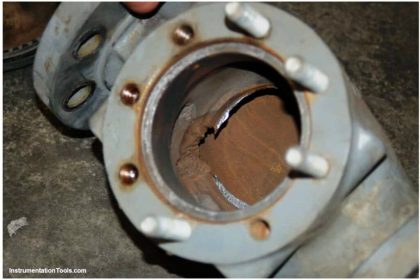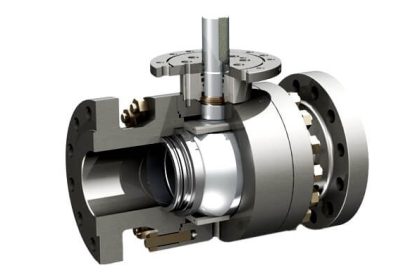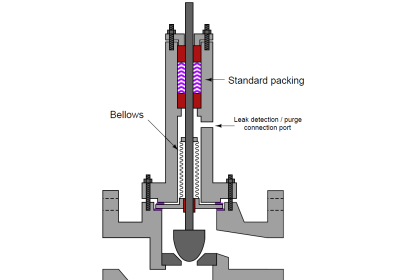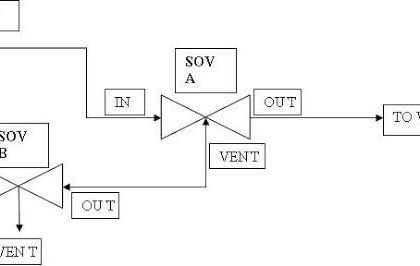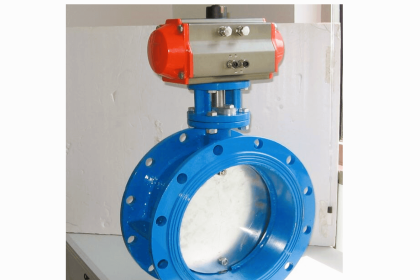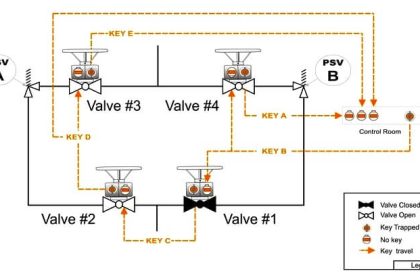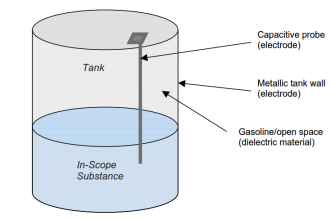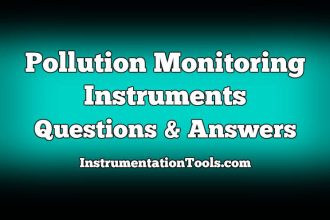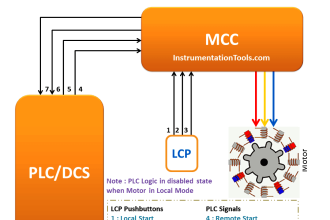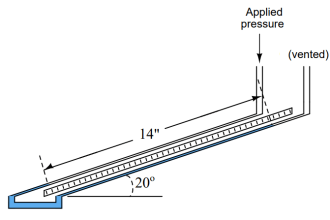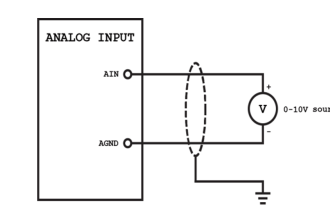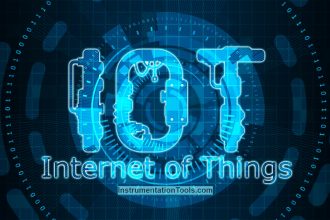Check valves are designed to prevent the reversal of flow in a piping system. These valves are activated by the flowing material in the pipeline.
The pressure of the fluid passing through the system opens the valve, while any reversal of flow will close the valve.
Closure is accomplished by the weight of the check mechanism, by back pressure, by a spring, or by a combination of these means. The general types of check valves are swing, tilting-disk, piston, butterfly, and stop.
Swing Check Valve
A swing check valve allows full, unobstructed flow and automatically closes as pressure decreases.
These valves are fully closed when the flow reaches zero and prevent back flow.
Turbulence and pressure drop within the valve are very low.
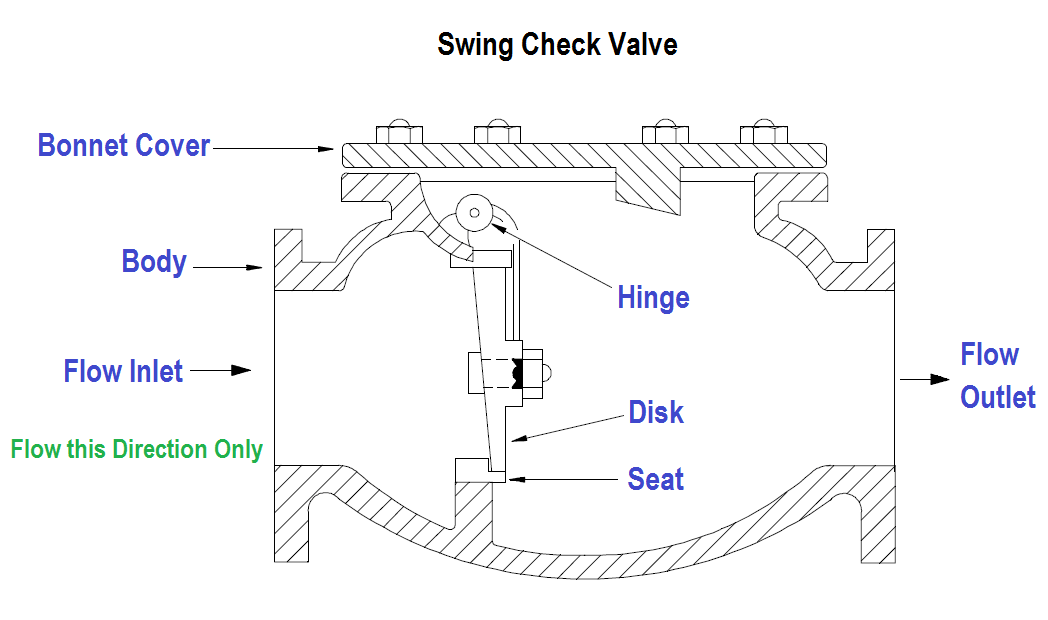
Figure : Swing Check Valve
A swing check valve is normally recommended for use in systems employing gate valves because of the low pressure drop across the valve. Swing check valves are available in either Y-pattern or straight body design.
A straight check valve is illustrated in Figure. In either style, the disk and hinge are suspended from the body by means of a hinge pin. Seating is either metal-to-metal or metal seat to composition disk.
Composition disks are usually recommended for services where dirt or other particles may be present in the fluid, where noise is objectionable, or where positive shutoff is required.
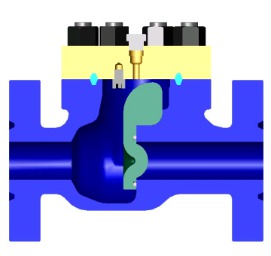
Image Courtesy : ghusvalve
Straight body swing check valves contain a disk that is hinged at the top. The disk seals against the seat, which is integral with the body. This type of check valve usually has replaceable seat rings.
The seating surface is placed at a slight angle to permit easier opening at lower pressures, more positive sealing, and less shock when closing under higher pressures.
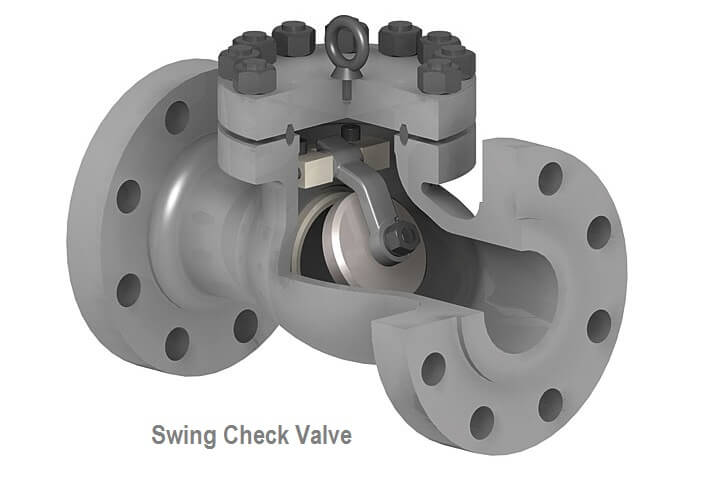
Image Courtesy : fluitek valves
Swing check valves are usually installed in conjunction with gate valves because they provide relatively free flow.
They are recommended for lines having low velocity flow and should not be used on lines with pulsating flow when the continual flapping or pounding would be destructive to the seating elements.
This condition can be partially corrected by using an external lever and weight.
